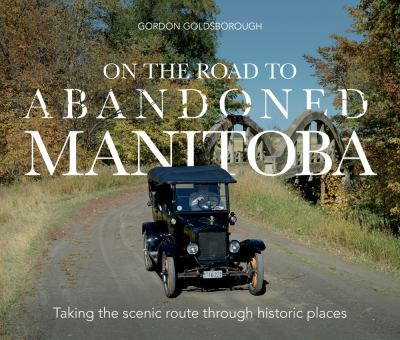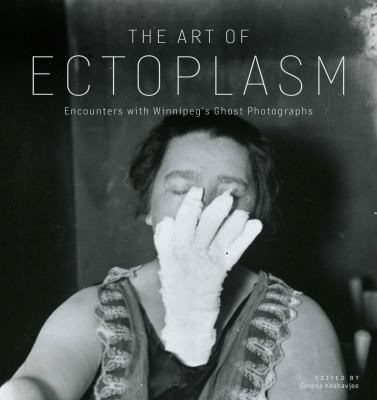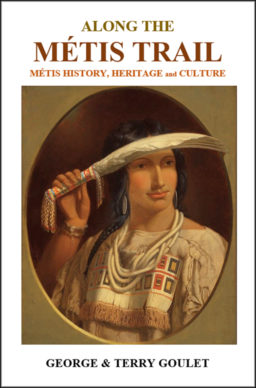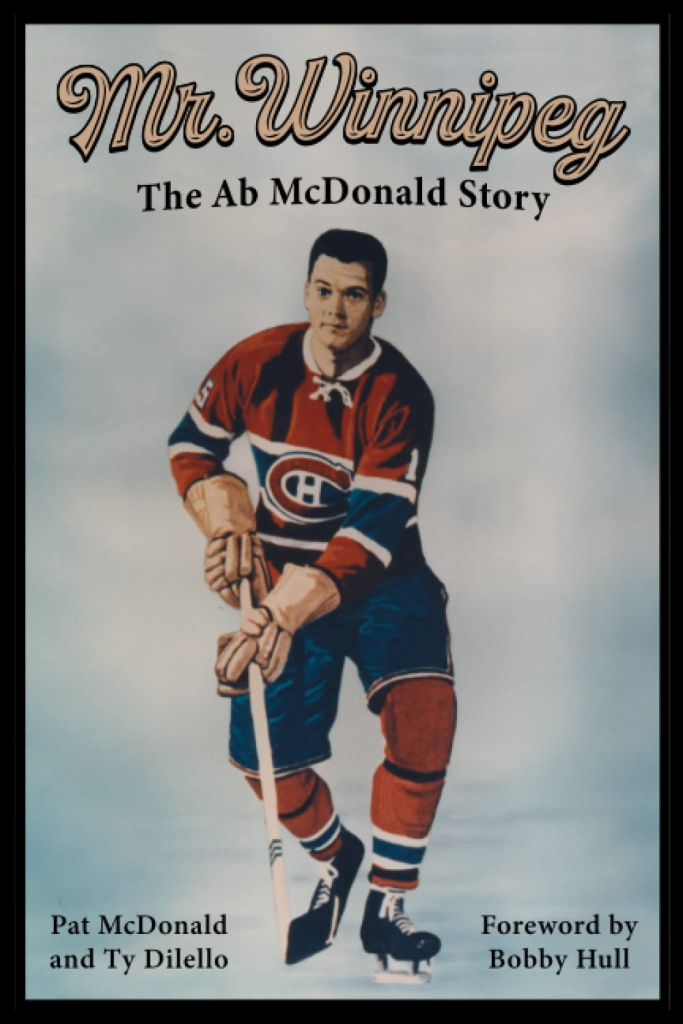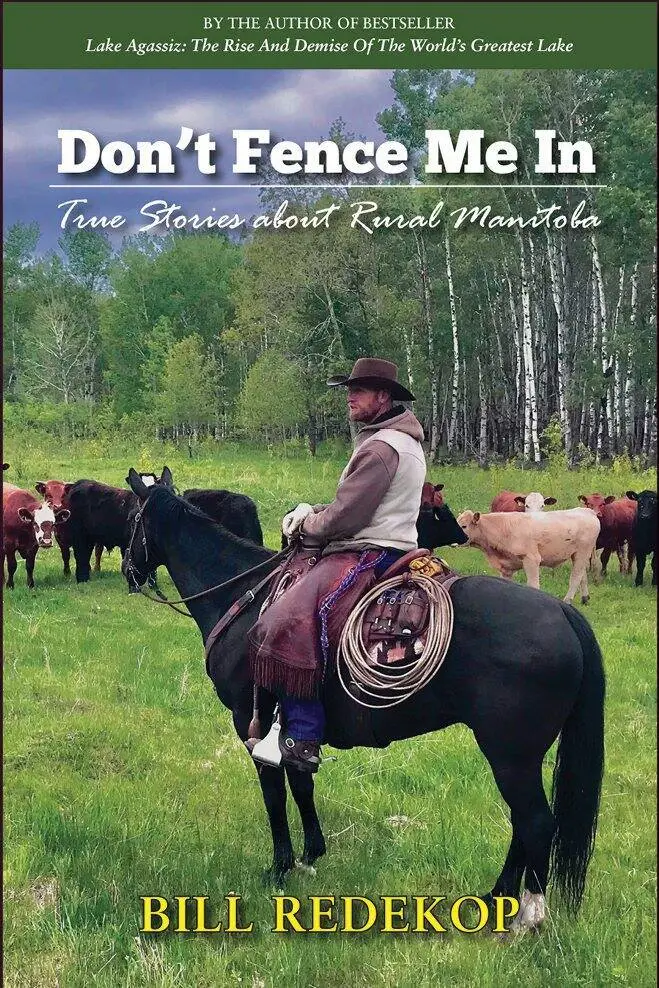We are now in 2024 and it is time to have a look at the new arrivals in the Local History Room.
Our first title, On the road to abandoned Manitoba: taking the scenic route through historic places, scientist-historian Gordon Goldsborough hits the road in search of adventure and little-known stories from Manitoba’s past. Among the places he visits are underground radiation monitoring posts from the Cold War, a remote hydroelectric generating station, cruise ships on the Red River, and the original route of the Trans-Canada Highway. This is the third volume of this excellent historical series, filled to the brim with gorgeous illustrations and lively narration of Gordon’s experiences and travels throughout the roads less travelled of the province. It is also the final volume of his “Abandoned Manitoba” series and all three are well worth the read for explorers and historians alike.
Did you know that in the early twentieth century, we had our own group of explorers of the unknown who attempted to ally science and seances to communicate with the dead? The art of ectoplasm: encounters with Winnipeg’s ghost photographs by Serena Keshavjee covers the curious history of Winnipeg’s “ghost” photographs in the wake of the First World War and the 1918-19 pandemic. It was against this backdrop that a Winnipeg couple, physician T.G. Hamilton and nurse Lillian Hamilton, began their research, documenting and photographing seances they held in their home laboratory. The Hamiltons’ work and photographic evidence attracted international attention, with notable figures like Arthur Conan Doyle participating in the Hamilton family’s seances. This book is a fascinating take on a uniquely local topic, filled with otherworldly images found in the Hamilton family archive, telling a story of human longing for connection beyond our known reality.
In 1816 the Métis were first recognized as a new Canadian Indigenous nation. The Métis played an important role in the early exploration and development of western Canada. Along the Métis trail: Métis history, heritage, and culture by George Goulet is a book that provides a vivid up-to-date portrayal of the fabulous history, heritage, and culture of the Métis People from the late 1700s to 2022. This book provides factual information on the Métis People that the authors have assembled during more than a quarter of a century of extensive research on the Métis People of Canada and Louis Riel.
Ab McDonald was a Winnipeg-born, four-time Stanley Cup winner, who played 15 seasons in the NHL, before joining the Winnipeg Jets of the World Hockey Association in 1972. He became the team’s first captain and scored the first goal in the franchise’s history. Throughout his life, he was a wonderful ambassador for the sport of hockey in Manitoba, and lived in Winnipeg for his entire life. Pat McDonald was Ab’s wife and is the best person to tell her husband’s story and what it was like to be a hockey wife through the 1950s and 1960s in this biography, Mr. Winnipeg: the Ab McDonald story. She teamed up with prolific hockey author Ty Dilello for this book. Dilello fills in the details from Ab’s hockey career and interviewed countless teammates and friends over the years to help tell Ab’s life story.
For 14 years, Bill Redekop crisscrossed rural Manitoba writing offbeat and little known stories about people and places for the Winnipeg Free Press. Now he’s back with a new collection of non-fiction stories in Don’t fence me in: true stories about rural Manitoba. Stories focus on quicksand, a new new glacial lake, two friends who have gone for lunch every week for 35 years, the police dog academy in Brandon, civilian jail guard duty, a house made out of a single boulder, and much more. Redekop knits a tapestry of rural life.
Come and check it out!
Louis-Philippe

